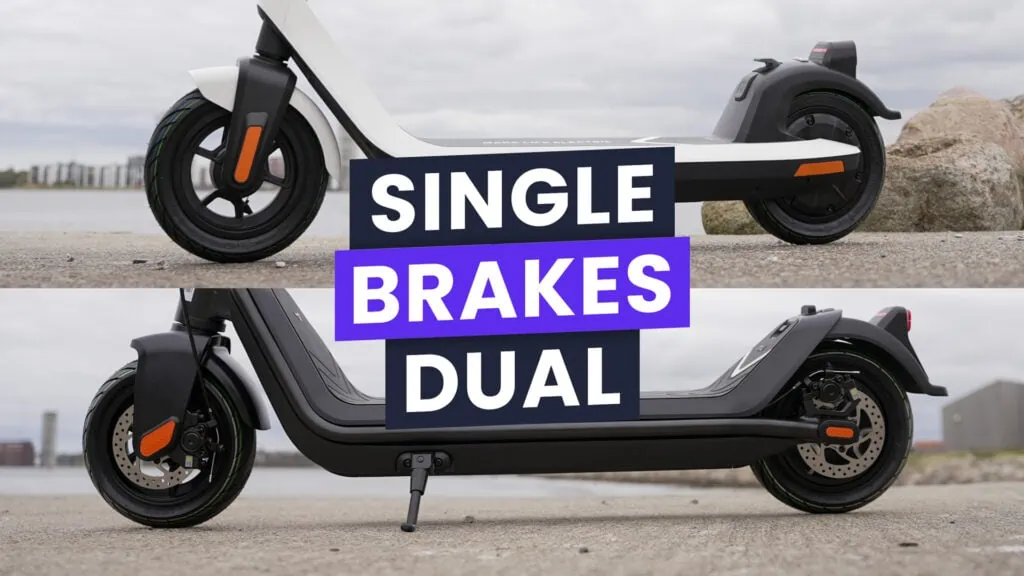Battery-powered scooters, commonly known as battery scooties, are becoming increasingly popular as a mode of urban transportation.
They offer a range of benefits, from environmental sustainability to cost savings. However, like any technology, they come with their own set of drawbacks.
This comprehensive guide explores the pros and cons of battery scooties to help you make an informed decision.
Pros of Battery Scooties
1. Environmental Benefits
- Zero Emissions: Battery scooties produce no tailpipe emissions, making them an eco-friendly alternative to gasoline-powered scooters. This helps reduce air pollution and greenhouse gas emissions.
- Reduced Noise Pollution: Electric motors are much quieter than internal combustion engines, contributing to less noise pollution in urban areas.
2. Cost Efficiency
- Lower Operating Costs: Electricity is generally cheaper than gasoline, leading to significant savings on fuel costs over time.
- Minimal Maintenance: Battery scooties have fewer moving parts than traditional scooters, resulting in lower maintenance costs. There’s no need for oil changes, and components like brakes and tires tend to wear out more slowly.
3. Convenience
- Easy to Charge: Battery scooties can be charged at home, work, or at public charging stations. Many models offer removable batteries, making it easier to charge them anywhere.
- Urban Mobility: Their compact size and agility make battery scooties ideal for navigating congested urban environments. They can often bypass traffic jams and are easy to park.
4. Performance
- Instant Torque: Electric motors provide instant torque, resulting in quick acceleration and a smooth, responsive ride.
- Quiet Operation: The quiet operation of battery scooties enhances the riding experience, making it more pleasant for both the rider and those around them.
5. Technological Advancements
- Smart Features: Many battery scooties come equipped with advanced features such as smartphone connectivity, GPS, real-time diagnostics, and security features like anti-theft alarms.
- Regenerative Braking: This technology helps extend battery life by converting braking energy back into usable power.
Cons of Battery Scooties
1. Range Limitations
- Limited Range: One of the primary drawbacks is the limited range of battery scooties compared to gasoline-powered scooters. Most models offer a range between 20 to 60 miles on a single charge, which may not be sufficient for long commutes or extensive travel.
- Long Charging Times: Charging a battery scooty can take several hours, which may be inconvenient for users who need a quick turnaround.
2. Initial Cost
- Higher Purchase Price: The upfront cost of battery scooties is generally higher than that of traditional scooters due to the expense of lithium-ion batteries and advanced technology.
3. Battery Degradation
- Battery Lifespan: Over time, the battery’s capacity to hold a charge diminishes, leading to reduced range. Replacing a battery can be expensive, adding to the overall cost of ownership.
- Environmental Impact of Batteries: While battery scooties are zero-emission vehicles, the production and disposal of batteries pose environmental challenges, including resource extraction and waste management.
4. Infrastructure Challenges
- Charging Infrastructure: The availability of charging stations can be a limitation, especially in less urbanized areas. Users may need to plan their routes carefully to ensure they have access to charging facilities.
- Apartment and Condo Living: For those living in apartments or condos, finding convenient charging solutions can be difficult without dedicated charging stations.
5. Performance in Extreme Conditions
- Weather Sensitivity: Battery performance can be affected by extreme temperatures. Cold weather can reduce battery efficiency and range, while very hot conditions can affect battery longevity.
- Terrain Limitations: While battery scooties perform well on flat urban terrain, their performance can be less optimal on hilly or rugged landscapes.
Conclusion
Battery scooties offer a range of benefits, including environmental sustainability, cost efficiency, and convenience, making them an attractive option for urban commuters.
However, they also come with limitations such as range constraints, higher initial costs, and infrastructure challenges.
Understanding these pros and cons can help you decide if a battery scooty is the right choice for your transportation needs.
As technology continues to advance, many of the current drawbacks are likely to be mitigated, making battery scooties an increasingly viable and popular mode of transportation.

